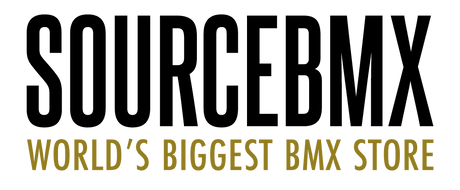SourceBMX is a 100% Rider-owned and run store - we live and breathe BMX! That’s why we know that choosing a BMX race bike can be a little daunting, especially if it is your first bike or you are buying for someone else, like your child. This handy guide has been created to give you all the tools you need around BMX race bike sizing and what level of bike you will need to meet your needs.
Remember, we are all riders here and if you need any help at all please don't hesitate to contact us, or chat to us on our live 24/7 chat service.

